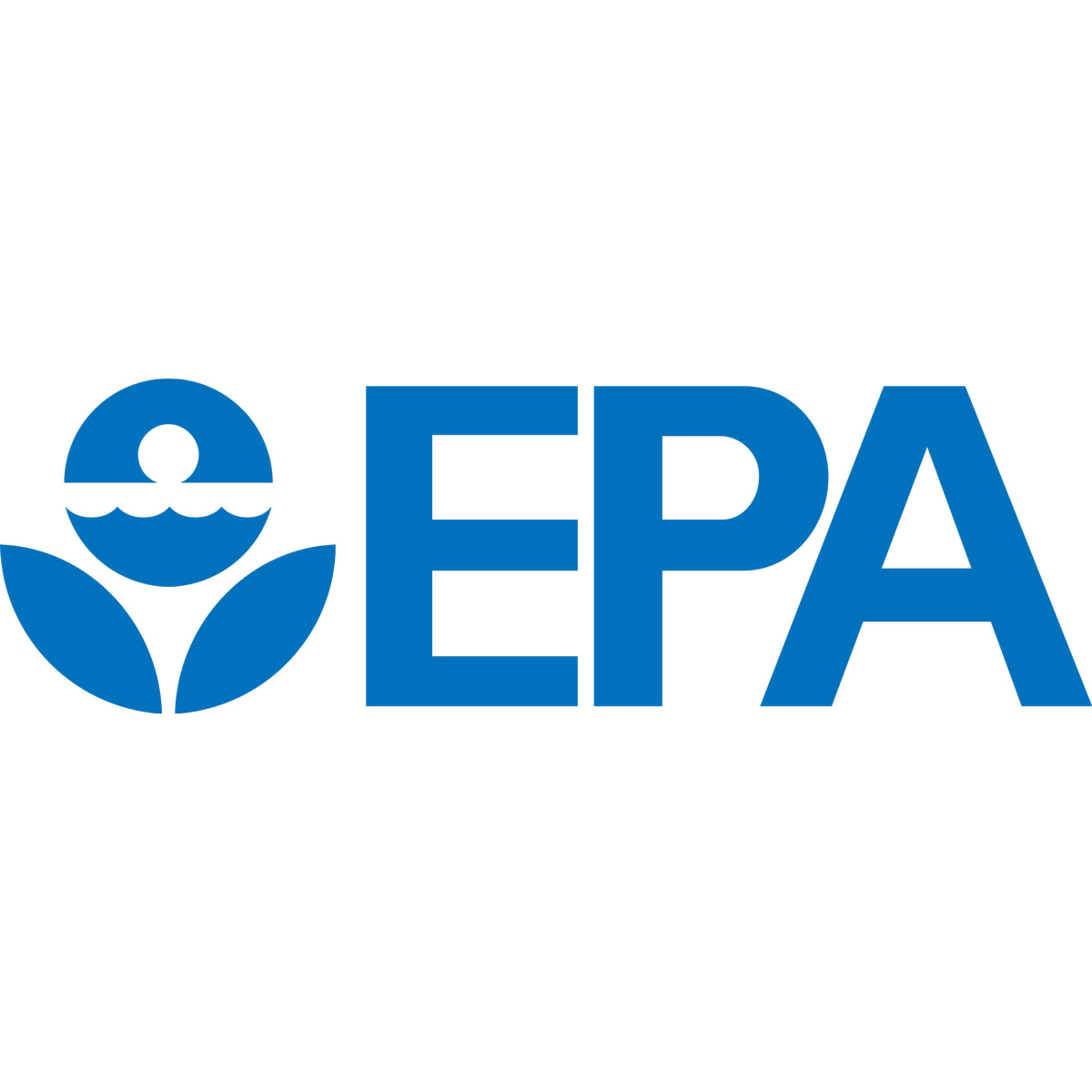 In April 2024, the EPA issued a final rule regulating methylene chloride (dichloromethane or DCM) under the Toxic Substances Control Act (TSCA). The rule is designed to individuals from health risks such as neurotoxicity effects and cancer from inhalation or dermal exposures. Anyone who manufactures, processes, distributes, uses or disposes of methylene chloride (DCM) or products containing methylene chloride (DCM) will be impacted by this regulation.
In April 2024, the EPA issued a final rule regulating methylene chloride (dichloromethane or DCM) under the Toxic Substances Control Act (TSCA). The rule is designed to individuals from health risks such as neurotoxicity effects and cancer from inhalation or dermal exposures. Anyone who manufactures, processes, distributes, uses or disposes of methylene chloride (DCM) or products containing methylene chloride (DCM) will be impacted by this regulation.
UAB qualifies under one of the permitted conditions for continued use: “use as a laboratory chemical." For laboratories where methylene chloride alternatives are not viable options, the EPA will require a Workplace Chemical Protection Program (WCPP), and UAB Environmental Health & Safety (EH&S) will assist in developing this plan for your laboratory. Given the strict regulations and bans on DCM manufacturers, along with the extensive monitoring required, EH&S strongly recommends exploring alternatives. As DCM becomes increasingly difficult to procure and costs likely rise, it will eventually be phased out of production entirely. In addition to the manufacturing ban, the EPA is also placing a ban on import of DCM beginning in 2025.
According to the EPA, the WCPP requires that owners/operators of facilities using methylene chloride take appropriate measures to meet the new inhalation exposure limits of 2 ppm as an 8-hour time weighted average (TWA). This will require UAB to develop and implement an exposure control plan, among other requirements. The compliance timelines that the EPA has published are listed in the table below.
| Initial Monitoring | Exposure Limits and Dermal Protections | Exposure Control Plan | Other Monitoring |
|---|---|---|---|
| Complete initial monitoring. Demarcate regulated area within 3 months of initial monitoring data. Provide respiratory protection within 3 months of initial monitoring data but no later than 15 months after initial rule. Existing Facilities: Before May 5, 2025 New Facilities: Within 30 days of first use. |
Ensure DCM inhalation exposures do not exceed the ECEL of 2 ppm as 8-hr TWA and the EPA STEL of 16 ppm as a 15-min TWA for all potentially exposed persons. Provide respiratory and/or dermal protection (if applicable). Existing Facilities: Before August 1, 2025 New Facilities: Within 90 days of first use. |
Develop and implement an exposure control plan. Notify potentially exposed persons of completion of exposure control plan within 30 days of its completion. Provide requested records by a potentially exposed person within 15 days of request. Existing Facilities: Before October 30, 2025 New Facilities: Update as necessary, but at least every 5 years. |
Periodic Monitoring: Conduct at a minimum every 5 years but could be more often as needed to ensure exposures remain below the initial monitoring results. As Needed Monitoring: Conduct additional monitoring after any changes that may introduce additional sources of DCM exposure or results in a change in exposure levels. |
